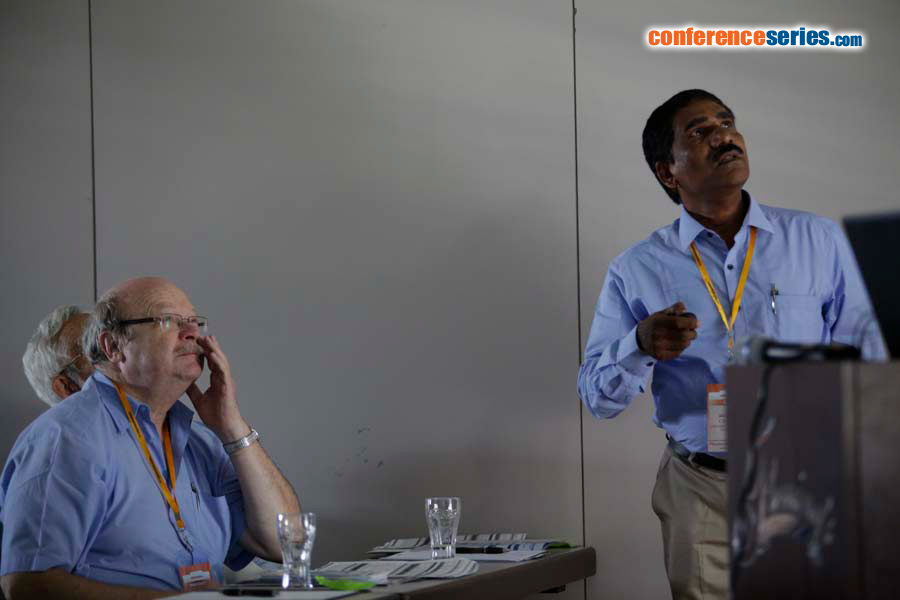
Jörg Kreuter
Goethe-University Frankfurt, Germany
Title: Across the blood-brain barrier: Nanoparticles
Biography
Biography: Jörg Kreuter
Abstract
The blood-brain barrier (BBB) represents an insurmountable obstacle for the delivery of most drugs to the central nervous system (CNS). One of the possibilities to overcome this barrier is drug delivery to the brain using nanoparticles. Drugs that have been transported into the brain and led to a pharmacological effect after intravenous injection using this carrier include the hexapeptide dalargin, the dipeptide kyotorphin, loperamide, tubocurarine, doxorubicin, and the NMDA receptor antagonists MRZ 2/576 and MRZ 2/596. To achieve a significant transport across the blood-brain barrier the coating of the nanoparticles with polysorbate 80 (Tween® 80) or poloxamer 188 was a key factor. Experiments with the extremely aggressive glioblastoma 101/8 transplanted intracranially showed a long term survival for 6 months of up to 40% of the rats after intravenous injection of the polysorbate 80-coated nanoparticle preparation. The surviving animals showed a total remission by histological investigation. Untreated controls died within 10-20 days, doxorubicin controls and uncoated doxorubicin nanoparticle groups died between 10-50 days. The cardiac and testicular toxicity of doxorubicin was very significantly reduced by binding the drug to poly(butyl cyanoacrylate) and even more considerably by binding to human serum albumin nanoparticles. Similar PLGA nanoparticles presently are in Clinical Phase I. The mechanism of the drug transport across the blood-brain barrier with the nanoparticles appears to be transcytosis across the BBB. After injection of the nanoparticles, apolipoproteins E or A-I adsorb on the particles surface mediating the interaction with the respective receptors on the endothelial cells.
Speaker Presentations
Speaker PPTs Click Here






